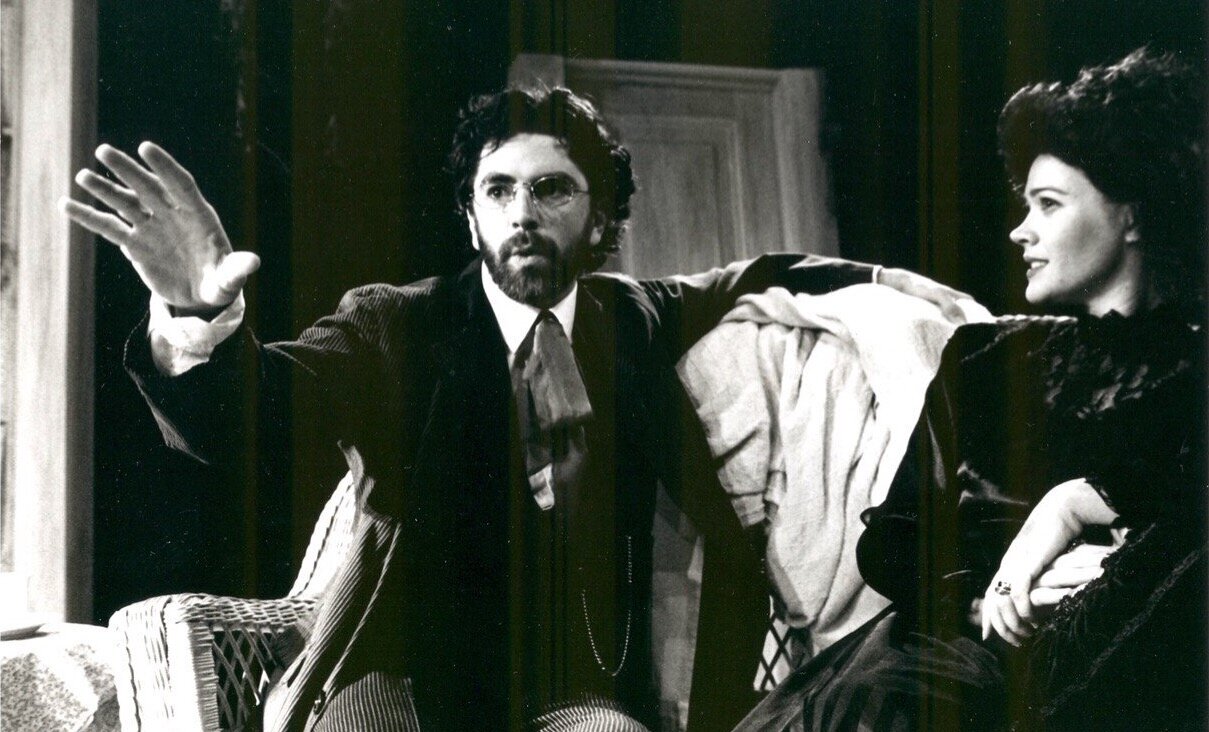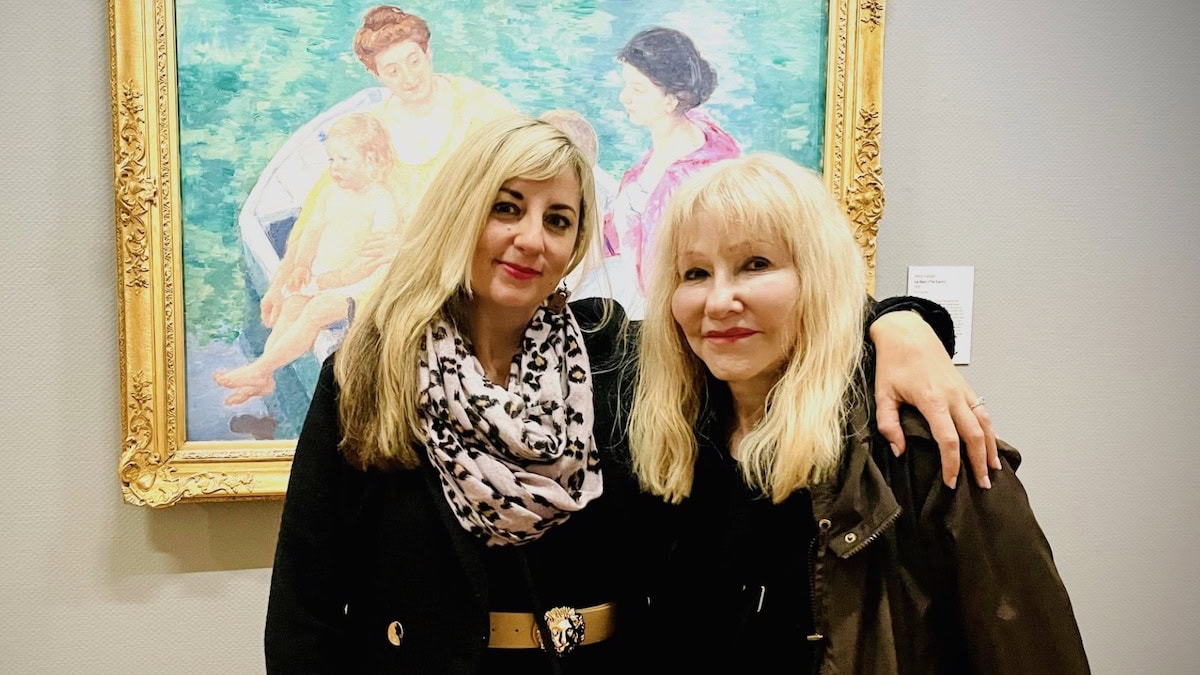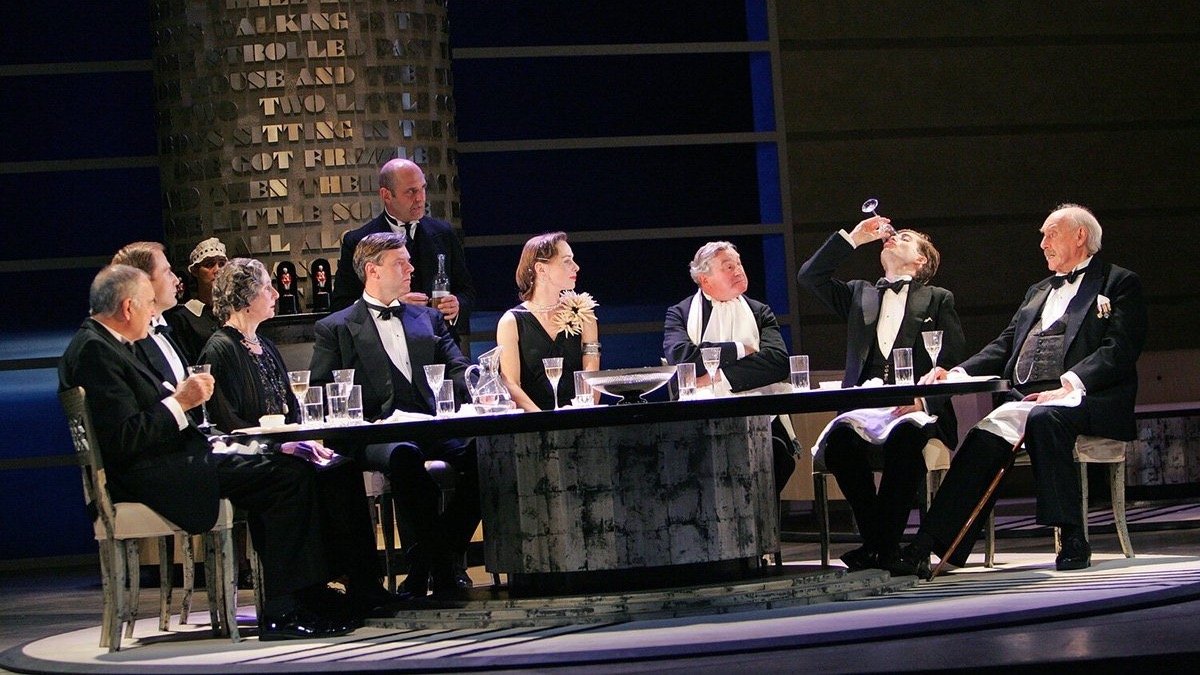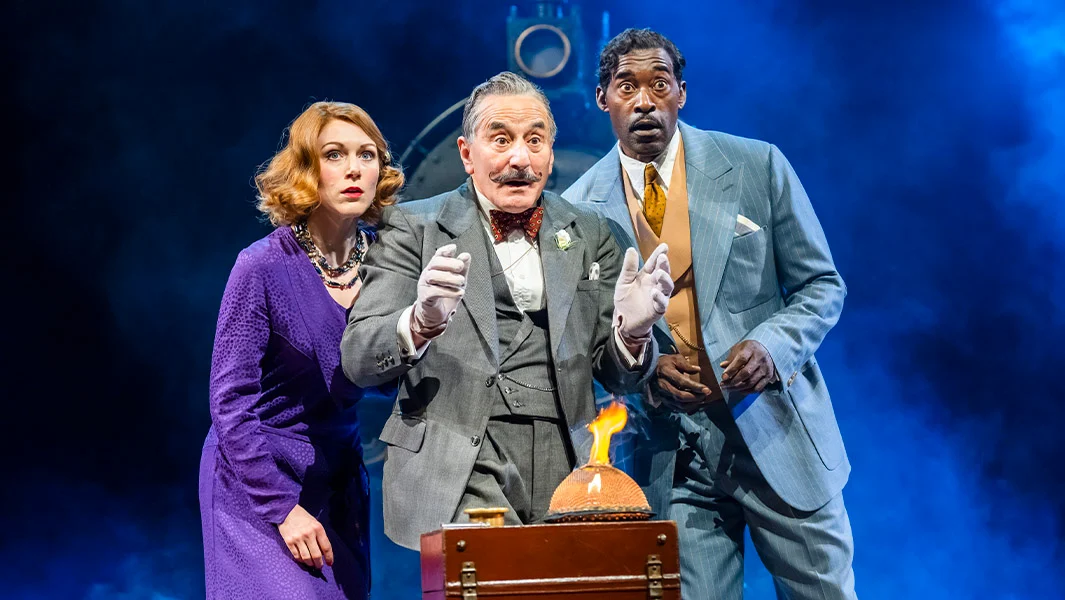
Degas in New Orleans is a play by Rosary Hartel O’Neill, Ph.D.-holding scholar, historian, published author, and produced playwright. Known for her historically accurate fiction, Rosary centers her play on regaled French painter Edgar Degas and the time he spent with family in New Orleans in the years after the Civil War. The work was presented in both Germany and France last year as part of Fulbright fellowships that Rosary received. Degas in New Orleans has since been made into a book, a musical, and a screenplay slated for production in fall 2021.
Rosary “Rory” O’Neill Schmitt, Ph.D., is the daughter and namesake of playwright Rosary O’Neill — and she also happens to be a filmmaker. Compelled by her mother’s writing, Rory has decided to turn the play into a movie.
“Adapting this play into the film medium was a fantastic journey,” Rory explained in a recent exclusive interview. “With this project, we can explore the terrains of poetry, dramatic action, and visual impact. My unique relationship with O’Neill, as co-author and daughter, provided me the opportunity to unpack her brilliance and co-create her vision. I look forward to seeing Edgar Degas’ early years in New Orleans, France, and Italy celebrated on the silver screen.”
Blind Love: Degas Paints New Orleans is the title of the film in development with MediaFusion, based on Rosary’s 70,000-word novel (which is currently under consideration for publication). Carol Bidault de l’Isle of MediaFusion Entertainment is heading the producer team to bring the Blind Love screenplay to life. The 90-minute-long film will be shot in New Orleans, Paris and Italy.
“This is a unique opportunity to bring these early years of artist’s life to the screen” Carol Bidault de l’Isle stated. “Rosary brings a combination of extensive research and an understanding of the New Orleans culture which translates into an intimate portrayal of Degas’s experience in the New World during a time of both devastation and destruction for the country and his family. We are primarily going to produce this here in New Orleans, with scenes shot in Paris and Italy where Degas also spent his youth.”
Given that 2022 will mark the 150th anniversary of Degas’ trip to New Orleans, Rosary is hoping that both the movie and the book are completed by then in order to bring the painter’s story to the widest possible audience. As of this writing, the cast has not yet been selected. Hence, this will become the filmmaker’s objective over the course of the next few months.
Adapting a play into a movie is no small feat. “The biggest challenge in such a transformation is to not lose the poetry,” Rory Schmitt explained. “How to shorten, tighten, and capture the descriptions and interior monologue into Edgar and Estelle’s gestures and speech was one question I asked myself. I also wondered: ‘How do I keep the tension driving the story forward with a sense of dramatic urgency? How do I create the most visually impactful settings to illuminate the deterioration of country and culture of Reconstruction in New Orleans? What small detail can instantaneously connect with symbols of desperation, striving, and hope amidst hopelessness – a pearl falling from a woman’s comb, a wagon of corpses briefly uncovered showing a woman’s hand with a gold wedding ring, a ceramic knob that is ripped from a bedroom door?’”
Rory and Rosary both readily admit that the film will hold appeal to the same sorts of audiences that the play did: specifically, anyone who is interested in love, fear, failure or beauty, or is drawn to or haunted by New Orleans. Lovers of genius artists, art, history, fans of Impressionism, and individuals who are curious about what seminal events transformed a man into an artistic genius.
“Having seen the play in its original production at Southern Rep Theatre in New Orleans informed my work as a screenwriter,” Rory proclaimed. “I remember the introspection of Edgar, I felt the tension of René’s relationship with the beautiful neighbor, America, I sensed the playfulness of Edgar and Estelle’s connection, I connected with Estelle’s need to persist and give airs of normalcy in a rapidly declining situation, I noticed the sense of awe when little Josephine entered the stage as a ballet dancer, like Degas’ later The Fourteen-Year-Old Dance, which was his only sculpture ever exhibited during his lifetime. In particular, I recalled that my brother, Barret O’Brien, played the role of René Degas. When I was writing the screenplay, I kept picturing how he would perform in the role, what he would do to make it come alive. Having him as a realistic reference point provided details that I could harness to create authenticity and suspend disbelief.”
This is Rosary and Rory’s third mother-daughter collaboration. In January of 2019, they co-wrote and published New Orleans Voodoo: A Cultural History with Arcadia Publishing. In the spring of 2019, Rory began working as a producer on Garden District (with director Oley Sassone), a television series set in New Orleans, which is currently being pitched. That series is also based in New Orleans and follows a wealthy society family’s descent into chaos when the patriarch changes his will on his death bed.
“Rosary O’Neill has written complex characters that have depth and identity, each with their own foibles,” said director Oley Sassone. “Through witty and stinging dialogue, they share revelatory insight into their unfolding, competitive situations that creates a universally, recognizable familial conflict, hence great drama.”
“It’s all very exciting,” Rosary declared. “I really hope the movie will prove to be as popular as the play has been.”
…
To purchase your copy of Degas in New Orleans, click here. For performance rights, click here.
(Photo: Degas in New Orleans courtesy of Rosary O’Neill)

Mother-Daughter Scholars Dr. Rosary O’Neill and Dr. Rory O’Neill Schmitt Celebrate Success in Ireland

Agatha Christie’s And Then There Were None: Meet the Characters

